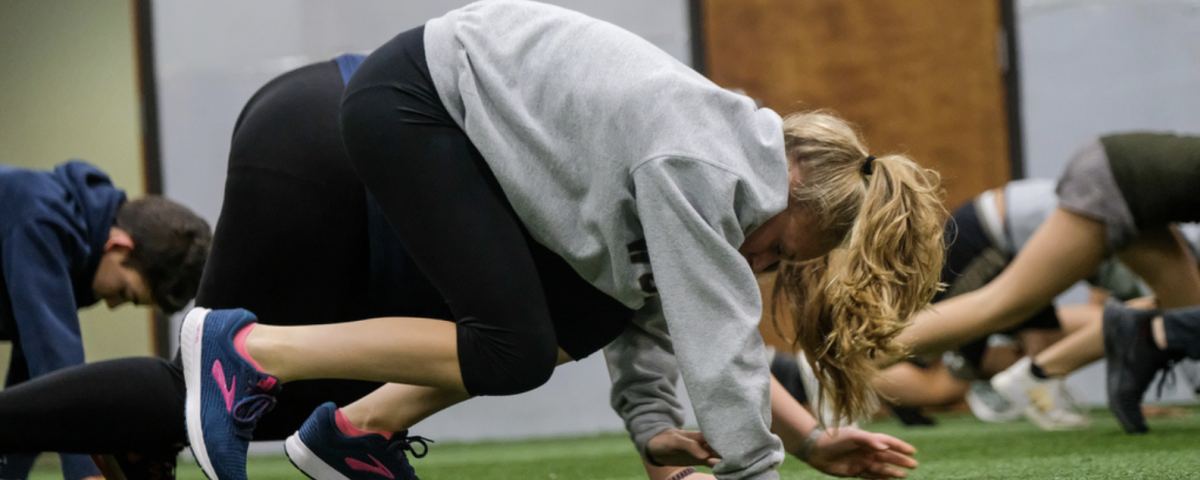
Everything you ever wanted to know about STRETCHING
August 12, 2020
Importance of Injury Prevention Programs
March 11, 2021Eric Fiedler, from Wake Orthopaedics, reviews the basics of stretching:
- Static stretching will improve flexibility TEMPORARILY by decreasing the SENSATION of stretch
- Static stretching does NOT change muscle length (unless done under very high loads)
- The sensitivity of the SENSATION of Stretch is determined by the conditioning level of the muscle
- Stronger, better-conditioned muscles are more flexible muscles
- Static Stretching is GREAT for decreasing pain, improving short term flexibility and during the post-operative period to realign collagen
If static stretching is only a temporary fix is it still useful before exercise?
Evidence Suggests:
1) Static stretching does not decrease the risk of injury
2) Static stretching can decrease the power output of muscles prior to activities
3) Static stretching is not very effective for long term flexibility and mobility improvements
I know, I know… it’s probably confusing to hear this BUT a few caveats to the above:
1) Most of these studies have looked at the IMMEDIATE effects static stretching has on power generation NOT after a period of time
2) A decrease in power was mostly seen with holds longer than 60 seconds…
3) Most importantly there is very little good data linking static stretching to injury
There is not really much of a downside to static stretching before exercise if timed properly and of shorter durations but it is also not overly effective either. MY SUGGESTION if you are going to stretch prior to a workout……DO IT AROUND AN HOUR BEFORE ACTIVITY. This way you can still get the benefits of relaxation decreased pain and temporary flexibility improvement without worrying about immediate effects on power generation.
So is there something more effective?
One option that has gained popularity is Proprioceptive Neuromuscular Facilitation or PNF. PNF stretching is a form of stretch that combines muscle contraction and static stretching. Essentially, someone stretches you, you contract against them then go further into your range
How does it work?
By decreasing the excitability of another receptor in the tendon (called autogenic inhibition) and by decreasing activity in the “stretched” muscle by contracting a muscle of opposite function (called reciprocal inhibition) I’m not going to get too in-depth on this as it gets pretty technical but the TAKE HOME… This is highly effective and some studies suggest more effective than Static Stretching but are unclear as to whether it prevents injury. Use it an hour before exercise and post-exercise after you are taught by a professional how to do it properly.
OK Great… so PNF is better than Static, harder to perform but neither truly prevent injury.
So What Actually Does Prevent Injury?
DYNAMIC STRETCHING
A dynamic stretch is a stretch that takes you through your range of motion with active controlled movement
*** NOT TO BE CONFUSED WITH BALLISTIC STRETCHING WHERE YOU BOUNCE UP AND DOWN***
So, what is so good about dynamic stretching?? Evidence suggests (there’s that word again) that dynamic stretching:
1) Increases blood flow and elevates heart rate
2) Can REDUCE INJURY RISK in a statistically significant way
How does it work?
Pretty simply, dynamic stretching primes your nervous system for movement. It takes a lot of motor control to move and by letting your muscles warm up this way your nervous system is ready to react to anything your workout demands.
Use a good 10-15 minute dynamic warmup prior to exercise




